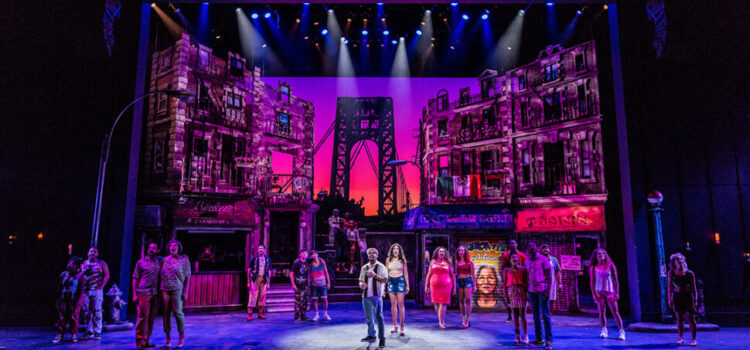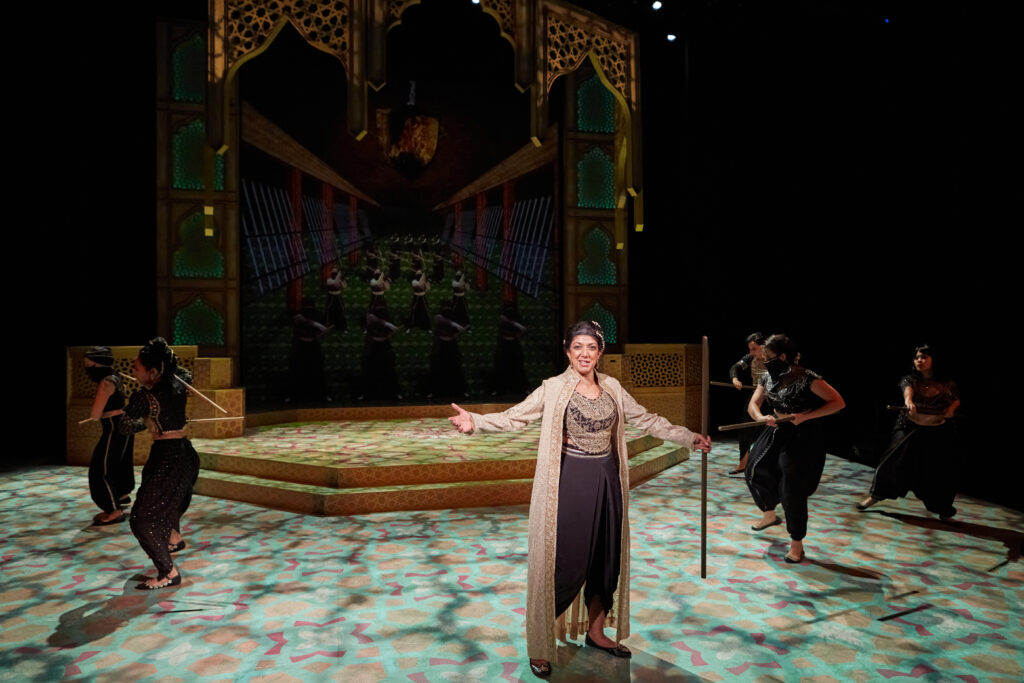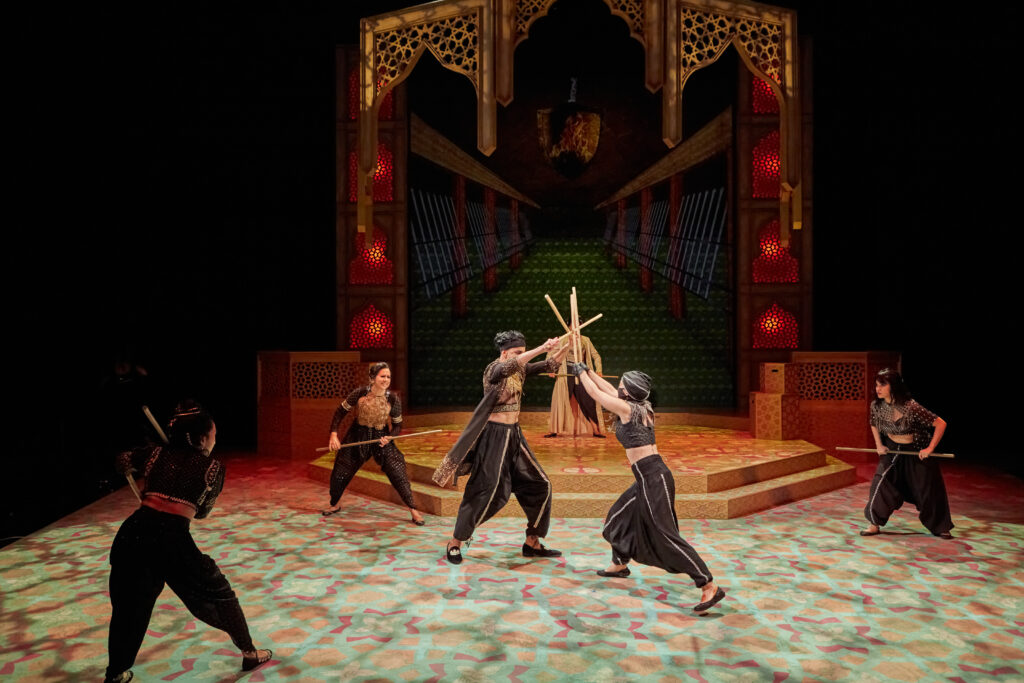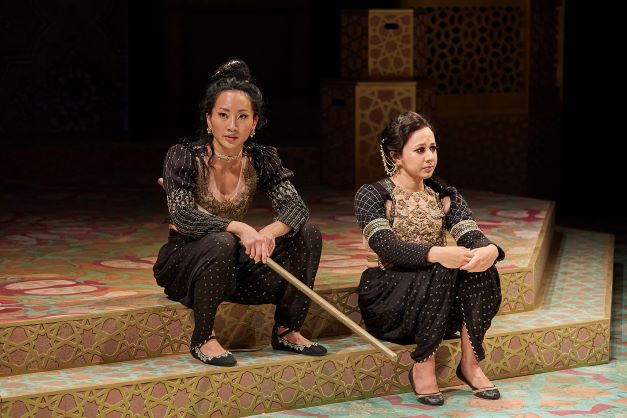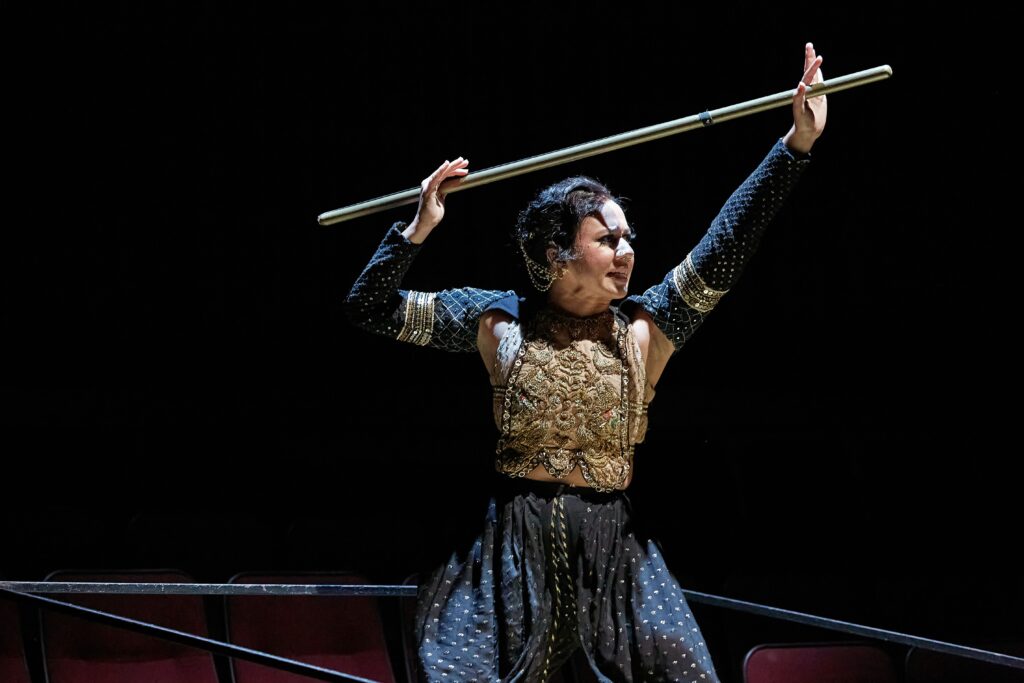By Lynn Venhaus
Stages St. Louis’ “In the Heights,” a jubilant celebration of culture, community, and connection, won six awards, including Outstanding Musical Production, Music Director, Choreography, Set Design, Costume Design (tie) and Ensemble in a Musical, at the St. Louis Theater Circle Awards Monday.
Their world premiere of “The Karate Kid – The Musical” won Outstanding Lighting Design for a total of seven, and Jack Lane, retired executive producer, announced the musical is Broadway-bound in 2024.
Seven is what The Black Repertory Theatre of St. Louis amassed for four productions: August Wilson’s “Jitney” (2 – Outstanding Production and Ensemble), “Behind the Sheet,” (2 – tie for Outstanding Production – Drama and Best Director), “The African Company Presents Richard III” (1 – Supporting Performer, Male or Non-Binary, Cameron Jamarr Davis) and “Dontrell, Who Was Kissed by the Sea” (2 – Lighting Design and Sound Design).
Brian McKnight accepted on behalf of The Black Rep and described founder Ron Himes as a man “who has vision.”
The Muny, SATE (Slightly Askew Theatre Ensemble), and West End Players Guild each won four at the 10th Annual Theater Circle Awards, which recognized achievements in comedies, dramas, musicals and operas.
SATE’s original play “Bronte Sister House Party” won 4 (Best New Play, Outstanding Comedy Production, Comedy Ensemble and Supporting Performer Male or Non-Binary Role). “The Color Purple” at The Muny won 3 – Leading Performer, Female or Non-Binary in a Musical, Supporting Performer, Female or Non-Binary, and Costume Designer while Martin McDonagh’s “The Lonesome West” won 3 – Leading Performer, Male or Non-Binary, Supporting Performer, Female or Non-Binary, and Director Robert Ashton for the West End Players Guild.
For more than 10 years, the St. Louis Theater Circle has been presenting annual awards for regional professional theater, and resumed a live ceremony after virtual productions streamed by HEC Media online in 2020 and 2022 because of the coronavirus pandemic, cancelling 2021 (but including a few of those productions last year).
It was the first live ceremony since 2019, and held at the Repertory Theatre of St. Louis’s Loretto-Hilton Center on Webster University’s campus.
Approximately 90 productions were considered for this year’s event. Three productions – “Chicago” at the Muny, “A Christmas Carol” at The Rep, and “Head Over Heels” at New Line Theatre — were ineligible because the same production was presented within the last three years at the respective venues.
The Circle presented more than 30 categories for outstanding achievements from 2022, with 20 theater companies receiving nominations.
Nationally recognized playwright, theater producer, and long-time advocate for the arts Joan Lipkin was honored with a special award for lifetime achievement.
Records that evening included Joel Moses winning two acting awards in one night and Jennifer Theby-Quinn won her third acting award, joining Will Bonfiglio and Laurie McConnell as three-time winners.
Luis Salgado, who made “In the Heights” ‘pop’ with his spirited direction and vibrant choreography, accepted awards while praising the theater community in St. Louis. He and actor Ryan Alvarado, a nominee for playing Usnavi, flew in from New York City to attend .
Here are the awards given out April 3:
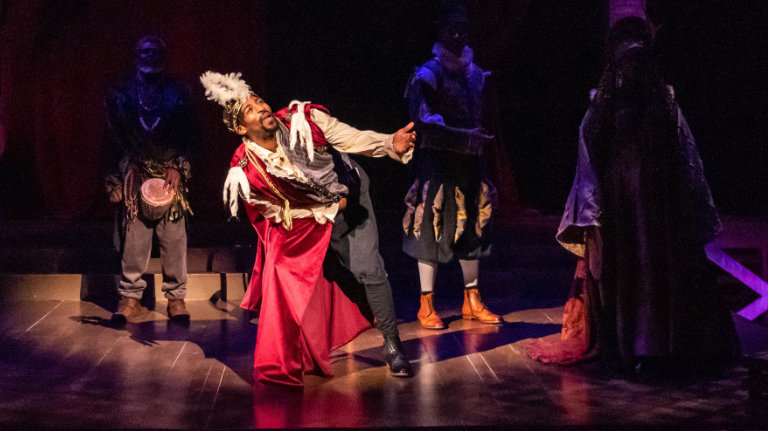
Outstanding Supporting Performer in a Comedy, Female or Non-Binary Role: Hannah Geisz, “The Lonesome West,” West End Players Guild
Outstanding Supporting Performer in a Comedy, Male or Non-Binary Role: Joel Moses, “Brontë Sister House Party,” SATE
Outstanding Performer in a Comedy, Female or Non-Binary Role: Molly Burris, “Dear Jack, Dear Louise,” New Jewish Theatre
Outstanding Performer in a Comedy, Male or Non-Binary Role: Jason Meyers, “The Lonesome West,” West End Players Guild
Outstanding Lighting Design in a Play: Jasmine Williams, “Dontrell, Who Kissed the Sea,” The Black Rep
Outstanding Sound Design: Jackie Sharp, “Dontrell, Who Kissed the Sea,” The Black Rep
Outstanding Costume Design in a Play: Oona Natesan, “House of Joy,” Repertory Theatre of St. Louis
Outstanding Set Design in a Play (tie): Bess Moynihan, “Rodney’s Wife,” The Midnight Company and Josh Smith, “Much Ado About Nothing,” St. Louis Shakespeare Festival

Outstanding Supporting Performer in a Drama, Female or Non-Binary Role: Rachel Tibbetts, “Rodney’s Wife,” The Midnight Company
Outstanding Supporting Performer in a Drama, Male or Non-Binary Role: Cameron Jamarr Davis, “The African Company Presents Richard III,” The Black Rep
Outstanding Performer in a Drama, Female or Non-Binary Role: Jennifer Theby-Quinn, “Iphigenia in Splott,” Upstream Theater
Outstanding Performer in a Drama, Male or Non-Binary Role: Joel Moses, “The Christians,” West End Players Guild

Outstanding New Play: “Brontë Sister House Party,” by Courtney Bailey, SATE
Outstanding Achievement in Opera: (tie) Thomas Glass, “Harvey Milk,” Opera Theatre of Saint Louis and Robert Mellon, “Falstaff,” Union Avenue Opera
Outstanding Production of an Opera: “A Little Night Music,” Union Avenue Opera
Outstanding Musical Director: Walter “Bobby” McCoy, “In the Heights,” Stages St. Louis
Outstanding Choreographer: Luis Salgado, “In the Heights,” Stages St. Louis
Outstanding Supporting Performer in a Musical, Female or Non-Binary Role: Nicole Michelle Haskins, “The Color Purple,” The Muny
Outstanding Supporting Performer in a Musical, Male or Non-Binary Role: Jeffrey Izquierdo-Malon, “Something Rotten!” New Line Theatre
Outstanding Lighting Design in a Musical: Bradley King, “The Karate Kid – The Musical,” Stages St. Louis
Outstanding Set Design in a Musical: Anna Louizos, “In the Heights,” Stages St. Louis
Outstanding Costume Design in a Musical: (tie) Samantha C. Jones, “The Color Purple,” The Muny and Brad Musgrove, “In the Heights,” Stages St. Louis
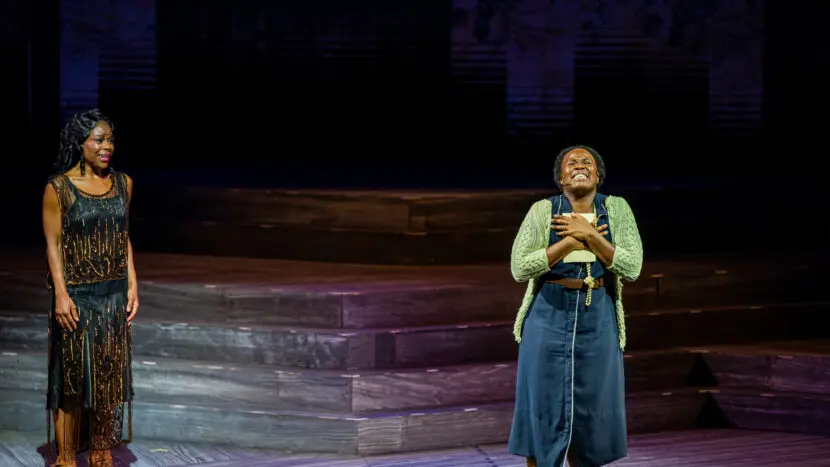
Outstanding Performer in a Musical, Female or Non-Binary Role: Anastacia McCleskey, “The Color Purple,” The Muny
Outstanding Performer in a Musical, Male or Non-Binary Role: Ben Davis, “Sweeney Todd,” The Muny
Outstanding Ensemble in a Comedy: “Brontë Sister House Party,” SATE
Outstanding Ensemble in a Drama: “Jitney,” The Black Rep
Outstanding Ensemble in a Musical: “In the Heights,” Stages St. Louis
Outstanding Director of a Comedy: Robert Ashton, “The Lonesome West,” West End Players Guild
Outstanding Director of a Drama: Ron Himes, “Behind the Sheet,” The Black Rep
Outstanding Director of a Musical: Bradley Rohlf, “Assassins,” Fly North Theatricals
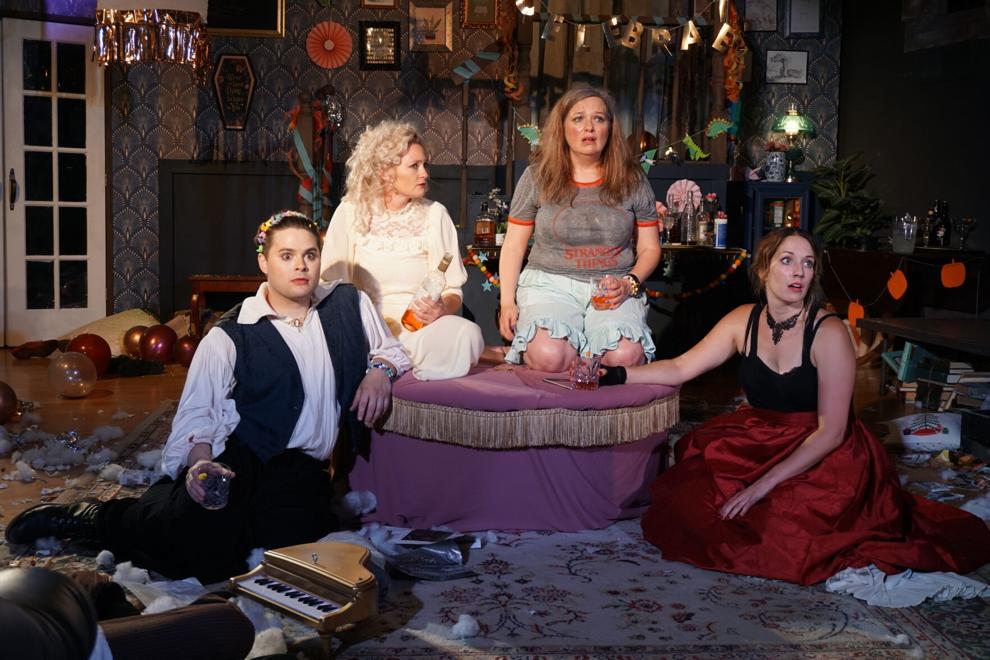
Outstanding Production of a Comedy: “Brontë Sister House Party,” SATE
Outstanding Production of a Drama: (tie) “Behind the Sheet,” The Black Rep and “Jitney,” The Black Rep
Outstanding Production of a Musical: “In the Heights,” Stages St. Louis
Special Award: Joan Lipkin, for lifetime achievement
The St. Louis Theater Circle was formed the summer of 2012 and began awarding excellence in regional professional theater in 2013. No touring, community theater or school productions are considered.
Current embers of the St. Louis Theater Circle include Steve Allen, stagedoorstl.com; Mark Bretz, Ladue News; Bob Cohn, St. Louis Jewish Light; Tina Farmer, KDHX; Rob Levy, Broadwayworld.com; Michelle Kenyon, snoopstheatrethoughts.com and KDHX; Gerry Kowarsky, Two on the Aisle (HEC-TV); Chuck Lavazzi, KDHX; Judith Newmark, judyacttwo.com; Lynn Venhaus, PopLifeSTL.com and KTRS Radio; Bob Wilcox, Two on the Aisle (HEC-TV); and Calvin Wilson, St. Louis Post-Dispatch. Eleanor Mullin, local actress and arts supporter, is group administrator.
The mood was extraordinary, and, in Joan Lipkin’s words, we could feel the “palpable joy” for each other. The speeches were heartfelt, and I wish we had them on record. It was truly “celebratory revelry.”
The Black Rep was a winner for four separate shows in the same year, an a back to back winner for August Wilson, as last year’s drama production was “Two Trains Running”)
We discovered we had two different Josh Smiths nominated — the one for Shakepeare’s Italian villa who won for “Much Ado About Nothing” was not the same for the carnival in “Ride the Cyclone.”
Happy the ‘tribe’ had so much fun — and the fellowship was really special. Hope the feedback continues to be positive.
GO SEE A PLAY!
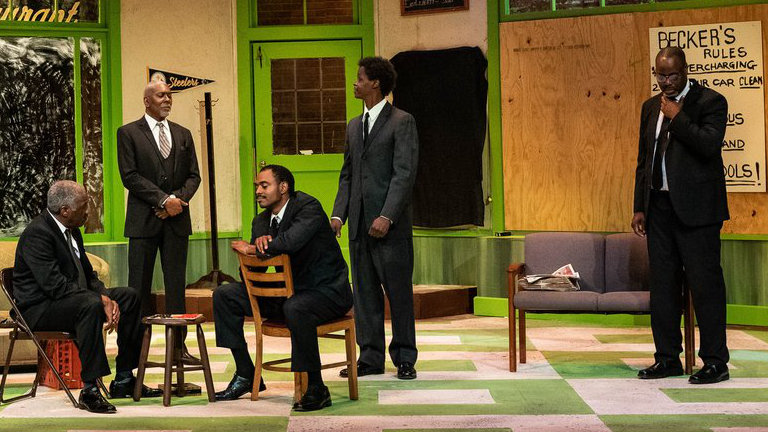

Lynn (Zipfel) Venhaus has had a continuous byline in St. Louis metro region publications since 1978. She writes features and news for Belleville News-Democrat and contributes to St. Louis magazine and other publications.
She is a Rotten Tomatoes-approved film critic, currently reviews films for Webster-Kirkwood Times and KTRS Radio, covers entertainment for PopLifeSTL.com and co-hosts podcast PopLifeSTL.com…Presents.
She is a member of Critics Choice Association, where she serves on the women’s and marketing committees; Alliance of Women Film Journalists; and on the board of the St. Louis Film Critics Association. She is a founding and board member of the St. Louis Theater Circle.
She is retired from teaching journalism/media as an adjunct college instructor.

